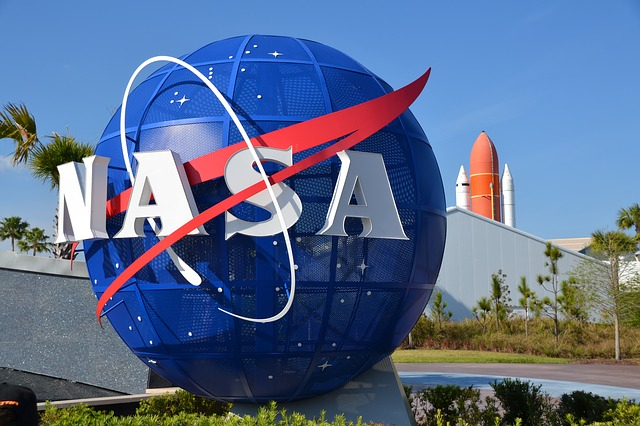In 2019, NASA continued to work towards expanding its space technology required to explore the possibility of sending human missions to Mars and sustainable human lunar missions as well. It has accomplished many innovations by carrying out research and sending missions of its own, as well as funding other parties towards achieving the set goals.
Here a few highlights:
- In partnership with Google and Oak Ridge National Laboratory, NASA aided in achieving quantum supremacy. This was accomplished by showcasing the capacity to carry out computation in mere seconds, which would have taken thousands of years for the most sophisticated supercomputers of the world.
- NASA launched two new technology demonstrations in order to improve space travel and navigation: Deep Space Atomic Clock and Green Propellant Infusion Mission. While the former made strides in getting closer to regulating the precision with which time is kept, the latter has been successfully showing a low-toxin propellant.
- 3D-Printed Habitat Challenge, the challenge to produce sustainable 3D printed prototypes of planetary habitats was also conducted.
- Another important research pursued was the biology experiment known as 'BioNutrients' at the International Space Station where microorganisms were being used to create nutrients that are naturally found in vegetables.

Space Shuttle Challenger during lift-off. NASA/JSC - The space organization also showcased the synchronized maneuver between two CubeSats paired for laser communication pointing experiment and two CubeSats in lower-Earth orbit.
- Made In Space Inc. bagged a contract from NASA to use 3D printing to produce and assemble parts for spacecraft in lower-Earth orbit.
- A commercial terrain-relative navigation system meant for error-free lunar landings, and many other technologies on spacecraft, planes, balloons and suborbital rockets, were also tested by NASA.
- Hundreds of small US businesses received funding amounting to nearly $180 million to improve competence in space and aeronautics.
- Two new research institutes for space technology—Habitats Optimized for Missions of Exploration (HOME) and Resilient ExtraTerrestrial Habitats institute (RETHi)—to learn about smart habitats, were also established.
- More funding for two projects under NASA's Innovative Advanced Concepts (NIAC) program, working towards the mining of asteroids and the exploration of lunar craters, were also provided.
- In addition to all this, NASA licensed its technologies and software to commercial companies in order to enable the creation of solutions and products for people across the world.

NASA logo Pixabay









